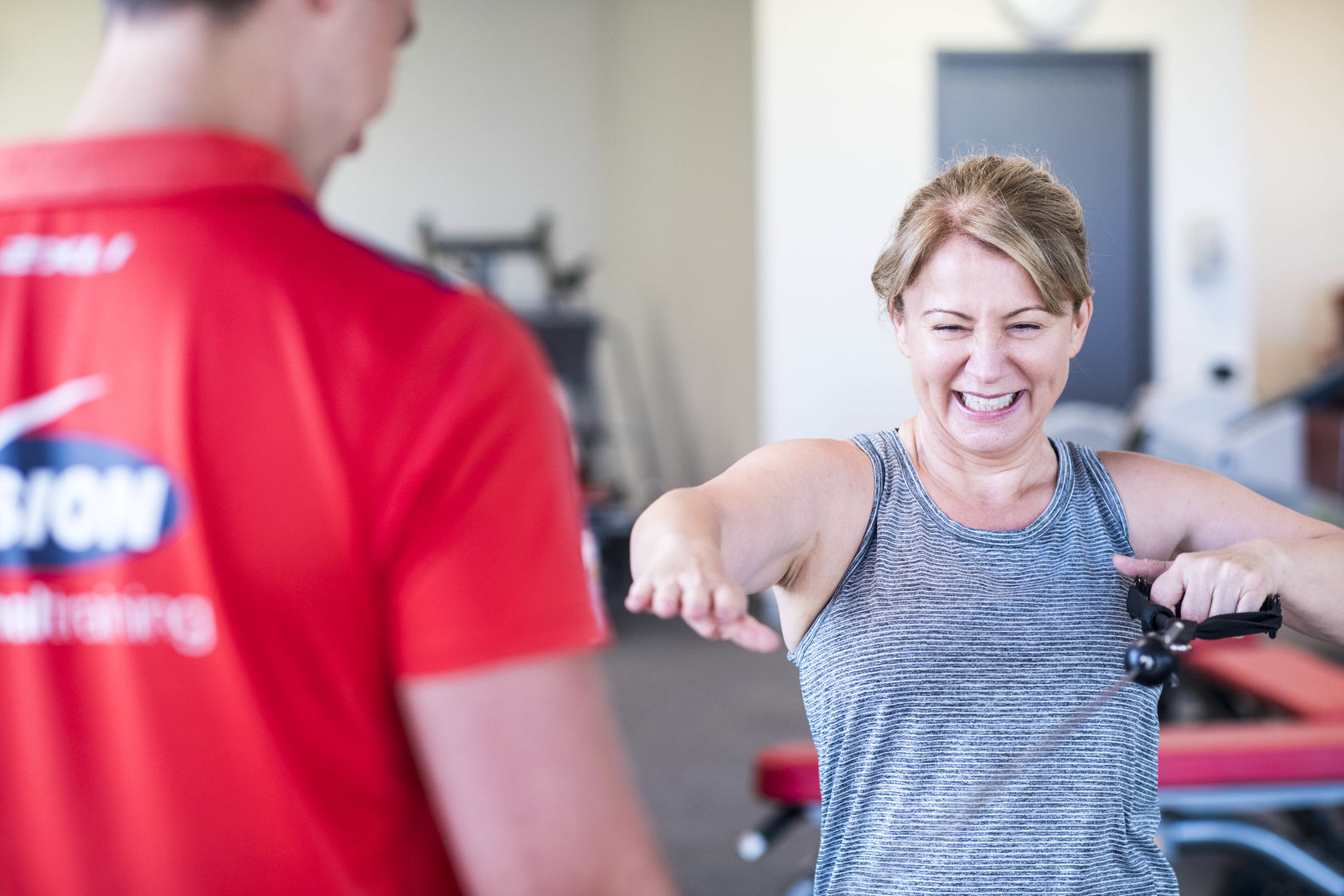Our legend of a trainer Kyle travels around Australia to compete in obstacle races - read on as he shares his insights and reveals his top 5 tips for anyone considering competing in an obstacle race.
Obstacle course racing will challenge you both physically and mentally. Tough Mudder, Spartan Race, Survival of the Fittest, Warrior Dash…there are countless obstacle races to choose from and they all have one thing in common. In participating in one of these events, you'll be tested and forced to find your limits. Then, you will be presented opportunities to push yourself beyond those limits while competing against yourself. The reason I encourage my clients to enter an obstacle race is that you'll learn something new about yourself. It's a rewarding experience; there is a sense of achievement and pride every time I conquer another Spartan (and add more battle scars to my hide). It keeps me focused and sets the benchmark with the bar being set higher and higher with each race I do!
For those of you preparing for your first (or next) one or even mildly curious as to what to expect, here are my top 5 tips for obstacle course racing:
- MINDSET
Expect the unexpected, conditions range from sprinting full tilt downhill to crawling uphill (barbed wire included) to traversing back water creeks. Be prepared to get uncomfortable.
Move forward with purpose, this is what I tell myself when the "going gets tough". At the end of the day any obstacle course run is just that - a run. You will be covering anywhere between 5 to 25km (42km for the truly brave) of distance on race day; the best way to prepare for this is to run. Putting km under your belt, preferably outside on dirt trails will help you on the day. An easy way to make sure you get your runs in is to attend run club. This will also give you a taste of running with other people as you're seldom alone on an obstacle course.
- TRAINING
Train like you race. In the weeks leading up to race day when I am training I do workouts and exercise that mimic what I'll be doing on race day; full body compound movements, strength training, body weight circuits and intervals - in other words X-training. X-training group sessions incorporate full body movements, bodyweight circuits and intervals which makes it ideal training for an obstacle race.
- BURPEES
You'll need to master the burpee. One thing that sets Spartan Race apart from other obstacle course races is the burpee penalty. Work on getting your burpee technique perfected before the race and that way your body can go into auto pilot as you pump themout through the course after a failed obstacle.
- CLOTHING
Wear something comfortable, which allows unrestricted movement. Generally my socks will end up in the bin after a race - be willing to throw out whatever you wear on the day. As the sport becomes more popular, sporting brands are releasing clothing specially designed for obstacle course racing. Trail running shoes that you're comfortable in and are tried and tested will be your best bet. If you do intend on hanging onto your race attire, bring a couple of heavy plastic bags to put your soiled clothes in afterwards. A change of clothing will most definitely be necessary after a race - you will want to be dry and comfortable as soon as possible!
- NUTRITION AND HYDRATION
Hydration and nutrition play a big part in your performance on the day of an obstacle race. Eating for obstacle course racing and eating for fat loss are two different things. Eat a well balanced dinner the night before consisting of carbohydrates protein and fats. Make sure that your breakfast the morning of the race consists of slow release carbohydrates and healthy fats for sustained energy throughout the day. You'll need the extra calories and you'll be thankful you've got the energy to hoist yourself up the rope climb!
Make sure to up your water intake leading up to the run so that you're well hydrated, there is water stations on most courses but it's best not to rely on them. Coffee (black, no sugar) soon before kickoff is another great little energy booster for that extra buzz. Also, don't eat anything you're not familiar with as it could lead to potentially embarrassing situations on the course (there aren't any designated toilet stops on most runs so keep that in mind)
My post race nutrition consists of a banana and protein shake as soon as possible to kick start the recovery process.
Above all, when entering an obstacle course race just remember the priority is to have fun and challenge yourself. Focus on running smart and running hard.
Be prepared to get addicted; after your first run and the muscle soreness and cramping goes away you'll be gearing up for your next race!
*Disclaimer: Individual results vary based on agreed goals. Click here for details.

